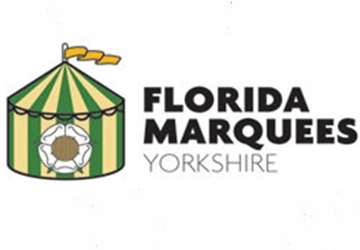The spectacle should be visible across the UK, if skies stay clear.
So what does it all mean?
Lunar eclipse
A partial lunar eclipse happens when the Earth passes between the sun and moon and casts a shadow.
Tonight, it’ll be visible in the top right corner of the moon – you’ll see a sliver of the moon has disappeared; that’s Earth’s shadow.
To spot the moon’s subtle shrinkage over time, spend a few hours outside or take multiple peeks over the course of the evening, KaChun Yu, curator at the Denver Museum of Nature and Science, advises.
Supermoon
The partial lunar eclipse is coinciding with the second of four supermoons in as many months.
A supermoon occurs when a full moon is at its closest point to Earth during its orbit, making the moon look bigger than usual.
The best time to spot a supermoon is in the early evening, when it is on the horizon.
That’s when it’ll appear at its largest and may be slightly orange because of the effect of moonlight shining through Earth’s atmosphere.
The lunar eclipse will happen in the early hours of Wednesday morning though, so don’t forget to look again later on.
After this, the next supermoon will be on 17 October and the final one on 15 November.
Harvest moon
Unlike the supermoon and eclipse, the harvest moon isn’t to do with what it will look like but the time of the year.
Throughout the year, there are various mystically named moons, like January’s wolf moon or July’s buck moon, and their names are all to do with what is going on in the natural world at that point.
The harvest moon is usually in September and is the full moon which occurs closest to the autumn equinox.
More from Sky News:
Meta bans Russian state media from Facebook and Instagram
Three mpox scenarios the UK is preparing for
Final messages from Titan submersible crew
The wolf moon is thought to be named because while other animals hibernate, wolves can be heard howling at the full moon, according to NASA.
The buck moon may relate to the time of year male deer get their antlers.
The moon at this time of year tends to be bright and rises soon after sunset, so it offers farmers gathering their harvests more light to work into the night; hence the name “harvest moon”.






























